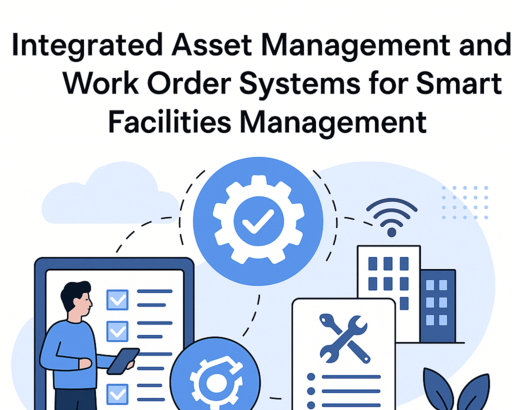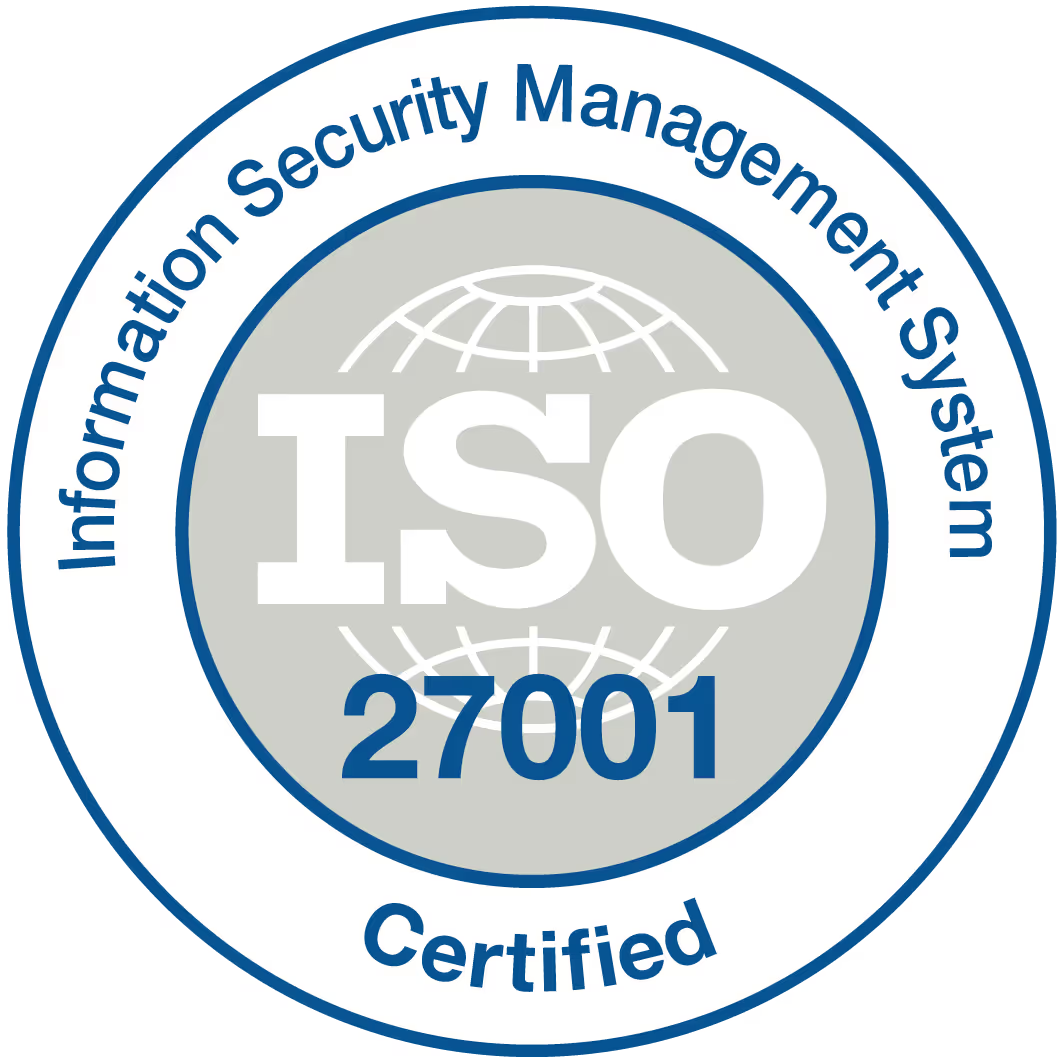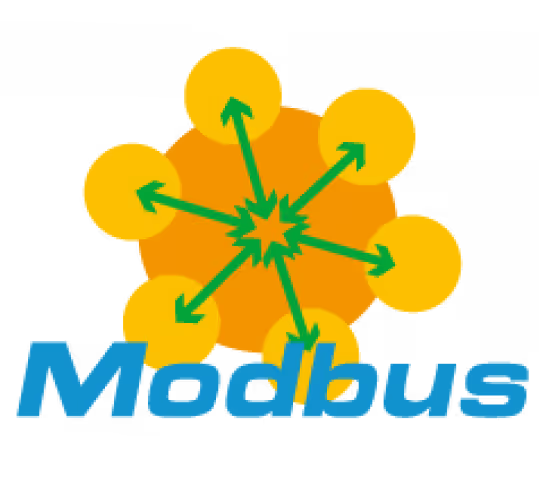Smart Work Order System: Leveraging IoT, CMMS, and Smart Workflows
Introduction
In today's fast-paced business environment, efficient work order management is crucial for organisations to stay competitive. By combining the power of IoT (Internet of Things), CMMS (Computerized Maintenance Management System), and smart workflows, businesses can streamline their work processes and achieve optimal productivity. In this blog post, we will explore how integrating smart workflows from Infodeck.io with a smart work order system enhances efficiency, improves communication, and drives better outcomes for businesses.
What is a Work Order System?
A work order system is a digital platform that enables businesses to create, assign, track, and manage work orders efficiently. It replaces traditional paper-based systems with automated processes, reducing manual errors and paperwork. With a work order system in place, businesses can ensure smooth workflow management and timely completion of tasks.
The Role of IoT in Work Order Systems
IoT refers to the network of interconnected devices that collect and exchange data through sensors or embedded technologies. When integrated into a smart work order system, IoT enables real-time monitoring and data collection from various equipment or assets. This data can then be used to trigger automated work orders based on predefined conditions or to proactively schedule maintenance tasks. The benefits of incorporating IoT into a work order system include:
- Predictive Maintenance: By collecting real-time data on equipment performance, businesses can identify potential issues before they escalate into costly failures. Proactive maintenance scheduling based on IoT insights helps prevent downtime and reduces maintenance costs.
- Remote Monitoring: IoT-enabled sensors allow for remote monitoring of assets or equipment. This feature is particularly valuable for businesses with distributed locations or remote teams as it provides visibility into asset performance without physical inspections.
- Condition-Based Work Orders: With IoT sensors providing continuous data on asset conditions, businesses can trigger work orders automatically when specific thresholds are met. For example, if an HVAC system's temperature exceeds a certain limit, a work order can be generated to address the issue promptly.
The Role of CMMS in Work Order Systems
CMMS, or Computerised Maintenance Management System, is a software solution that helps businesses manage maintenance operations efficiently. When integrated into a smart work order system, CMMS enhances the capabilities of work order management by offering features such as:
- Asset Management: CMMS allows businesses to track and manage their assets effectively. This includes recording asset details, tracking maintenance history, and scheduling preventive maintenance tasks.
- Inventory Management: With CMMS, businesses can keep track of spare parts and inventory levels required for maintenance activities. This ensures that necessary supplies are available when needed, reducing downtime caused by delays in obtaining materials.
- Workforce Management: CMMS enables businesses to assign work orders to specific technicians or teams based on their skills and availability. It also provides visibility into technician schedules and workload distribution.
- Reporting and Analytics: CMMS generates reports and analytics on various aspects of maintenance operations, including work order completion rates, asset performance trends, and overall equipment effectiveness (OEE). These insights help businesses make data-driven decisions for process improvement.
The Role of Smart Workflows from Infodeck.io
Smart workflows from Infodeck.io offer an additional layer of automation and efficiency to the work order management process. By integrating smart workflows with a smart work order system, businesses can achieve the following benefits:
1. Streamlined Processes:
- Smart workflows automate repetitive tasks involved in managing work orders, eliminating manual effort and reducing errors.
- Workflow templates allow for standardised processes across different types of work orders.
2. Enhanced Collaboration:
- Smart workflows enable seamless collaboration between team members involved in the work order process.
- Notifications and real-time updates keep stakeholders informed about progress or changes in the workflow.
3. Customisation and Flexibility:
- Smart workflows can be customised to match specific business requirements and adapt to changing needs.
- Conditional logic and branching allow for dynamic workflows based on different scenarios.
4. Increased Efficiency:
- Automated task assignments ensure that work orders are directed to the right individuals or teams without delays.
- Workflow triggers and approvals streamline the approval processes, reducing bottlenecks.
Benefits of IoT, CMMS, and Smart Workflows Integration
1. Improved Efficiency:
- IoT-enabled sensors provide real-time data for proactive maintenance scheduling.
- CMMS integration optimises asset management, inventory control, and workforce allocation.
- Smart workflows automate repetitive tasks, reducing manual effort and streamlining processes.
2. Enhanced Communication:
- Real-time data exchange between IoT devices, CMMS, smart work order systems, and smart workflows ensures timely updates for stakeholders.
- Collaboration tools within the system facilitate effective communication among team members.
3. Streamlined Maintenance Operations:
- Predictive maintenance based on IoT insights minimises equipment failures and unplanned downtime.
- CMMS integration enhances asset management, inventory control, workforce allocation, and decision-making capabilities.
- Smart workflows automate task assignments and approvals for efficient workflow management.
4. Cost Savings:
- Proactive maintenance reduces costly repairs or replacements due to equipment breakdowns.
- Efficient inventory management prevents overstocking or stockouts, saving on inventory costs.
5. Better Decision-Making:
- Reporting and analytics from CMMS provide insights into maintenance performance and asset utilisation.
- Data-driven decisions help optimise maintenance strategies, resource allocation, and process improvements.
Key Features to Look for in a Smart Work Order System with IoT, CMMS, and Smart Workflows Integration
- IoT Compatibility: Ensure that the work order system can integrate with IoT devices or sensors for real-time data collection.
- CMMS Integration: Look for a work order system that seamlessly integrates with a reliable CMMS solution.
- Smart Workflows Integration: Choose a smart work order system that offers integration with smart workflows for process automation.
- Automation Capabilities: The system should offer automation features to trigger work orders based on predefined conditions or thresholds.
- Mobile Accessibility: Accessing the system via mobile devices allows technicians to receive and update work orders on the go.
- Analytics and Reporting: Robust reporting capabilities provide valuable insights into maintenance performance, asset health, and resource utilisation.
Conclusion
Integrating IoT, CMMS, and smart workflows into a smart work order system revolutionises how businesses manage their work processes. By leveraging real-time data from IoT-enabled devices, companies can proactively schedule maintenance tasks, reduce downtime, and optimise asset performance. Furthermore, integrating CMMS enhances asset management, inventory control, workforce allocation, and decision-making capabilities. Smart workflows add an additional layer of automation and efficiency to streamline processes further. Consider adopting a smart work order system that combines IoT, CMMS, and smart workflows functionalities to maximize productivity and drive better outcomes for your business.


.png)








.png)




.png)
















.jpeg)




























